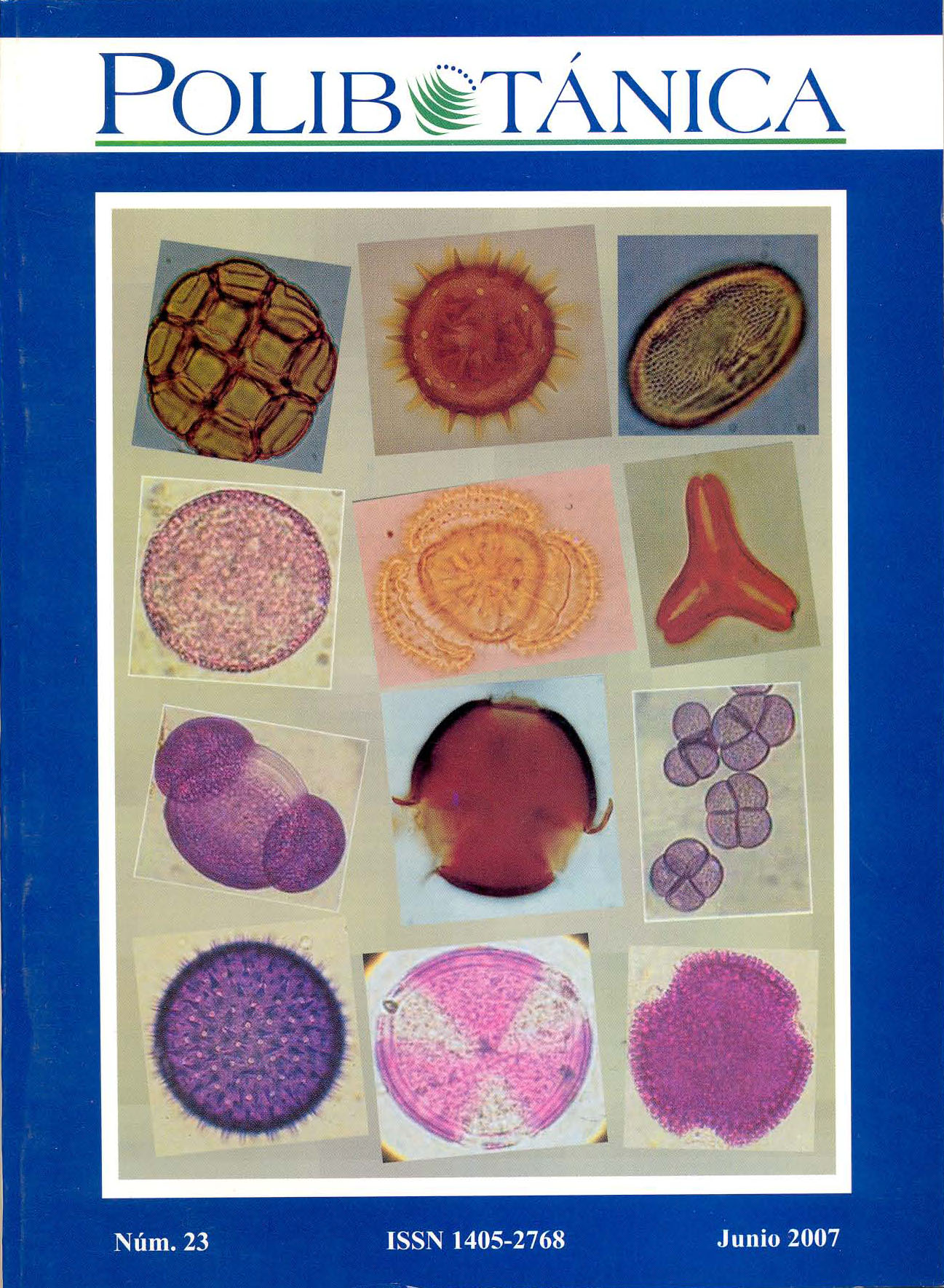ESTUDIO MELISOPALINOLÓGICO DE DOS MIELES DE LA PORCIÓN SUR DEL VALLE DE MÉXICO
Abstract
Pollen was analyzed from two samples of
honey from two places in the Valley of
Mexico. After being acetolyzed, the samples
were observed using light microscopy.
Nineteen pollen types were found,
belonging to 15 plant families, although the
really important sources were: Brassica sp.,
Eucalyptus sp., Asteraceae and Lopezia sp.
Some of the pollen grains found in the honey
samples were from nectariferous plants:
Eucalyptus, Salvia, Ipomoea, Lopezia,
Pseudobombax, papilionoid legumes,
Euphorbiaceae and Rubiaceae; one species
that produces pollen only: Zea mays; and
plants both nectariferous and polleniferous:
Brassica, Schinus molle, Asteraceae and
Cucurbitaceae. The family represented by
the greatest number of species was
Leguminosae. The foraging behavior of Apis
mellifera L. can be classified as polylectic.
Downloads
Published
Issue
Section
License

Polibotánica by Departamento de Botánica de la Escuela Nacional de Ciencias Biológicas del Instituto Politécnico Nacional se distribuye bajo una Licencia Creative Commons Atribución-NoComercial-CompartirIgual 4.0 Internacional.




















